Therapeutic Uses of Honey in Ayurveda
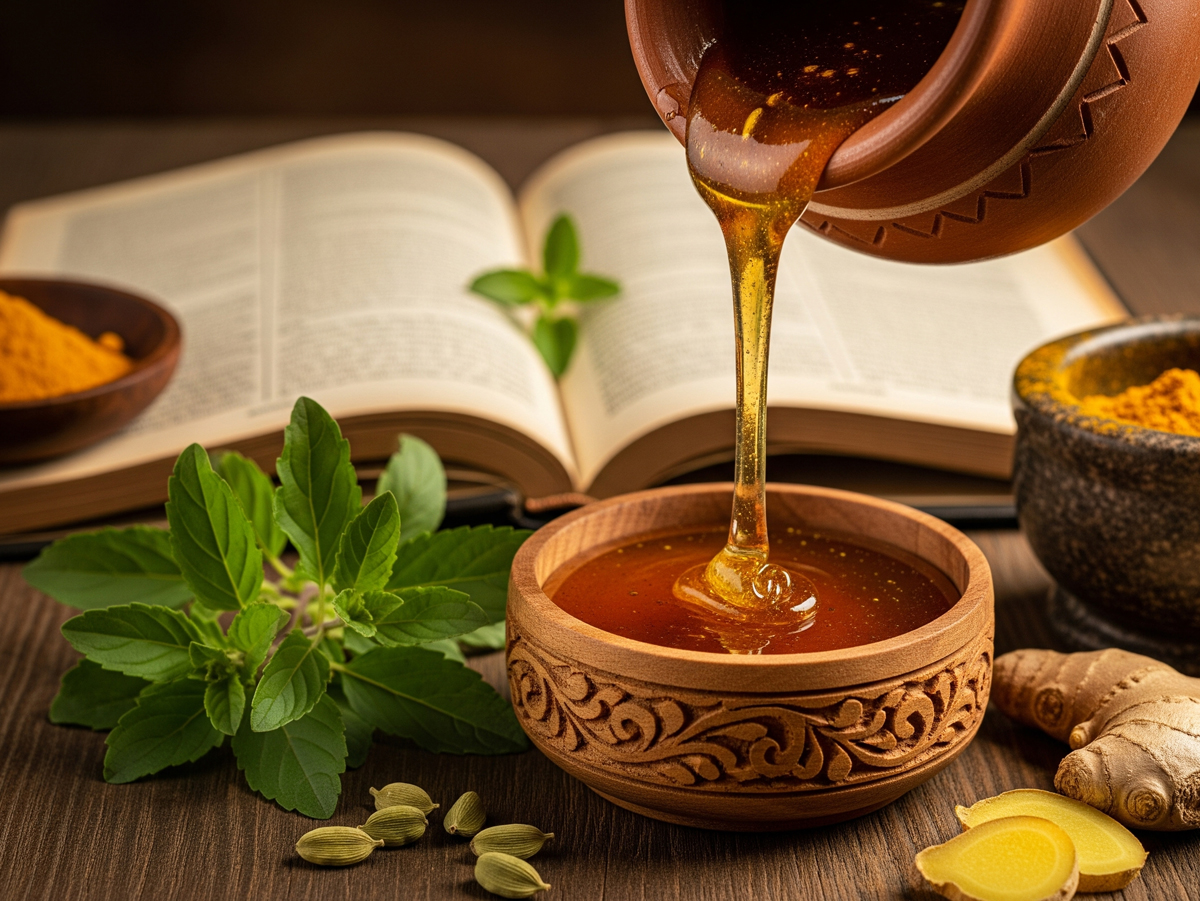
The FAO Codex Alimentarius Commission defines honey as ‘the natural sweet substance produced by honeybees from the nectar of flowers or from secretions coming from living organisms feeding on plants, that bees gather, transform and combine with specific ingredients, store and leave to ripen in the combs of the hive.’
In Ayurveda, honey is called “Madhu.” Its qualities are explained as follows:
“Vaatalam guru sheetam cha raktapittakaphapaham | Sandhatru cchedanam ruksham kashayam madhuram madhu ||”
This verse from ancient texts translates to: “It has a primary sweet taste (madhura rasa) with an added astringent aftertaste (kashaya anu rasa). It is heavy (guru guna), dry (ruksha), and cold (sheeta). In terms of its effect on the three doshas, it aggravates vata, scrapes kapha, and normalizes pitta and rakta. It promotes the healing process.”
The contents of honey include:
-
Sugars such as fructose, glucose, sucrose, maltose, lactose, and other disaccharides and trisaccharides.
-
Proteins, fats, vitamins, minerals, enzymes, and amino acids.
-
Volatile aromatic substances.
-
Water and ashes.
These diverse ingredients are what make honey not only a sweet liquid but also a natural product with high nutritional and medicinal value. The medicinal quality, taste, texture, color, and aroma of honey differ according to the geographical area and the species of plants from which it has been collected.
Types of Honey
Eight types of honey are described in Ayurveda, each named after the type of bee that collects it. They are Pouttika, Bhramara, Kshoudra, Makshika, Chatra, Arghya, Oudalaka, and Dala.
-
Pouttika – Collected by very large bees from the nectar of poisonous flowers. It increases vata, can cause gout and a burning sensation in the chest. It is also sedative and can help reduce excess fat.
-
Bhramara – Collected by large bees, this honey is sticky in nature.
-
Kshoudra – Collected by medium-sized honey bees, it is light and cold in nature and helps dissolve kapha.
-
Makshika – Collected by small honey bees, this type is very light and dry. It’s useful in managing diseases related to both vata and kapha.
-
Chatra – Heavy and cold, this type is useful for gout and Leucoderma (Shwitra).
-
Arghya – Considered good for the eyes but may cause arthritis.
-
Oudalaka – Useful in treating skin diseases and helps with voice modulation.
-
Dala – Dry in nature and helps reduce vomiting.
Among all these types, Makshika is considered the best due to its immense medicinal properties.
Therapeutic Uses of Honey
Honey’s medicinal uses are a blend of traditional knowledge and modern science.
-
Because its sugars are quickly absorbed by the digestive system and converted into energy, honey is an instant energizer.
-
Its hygroscopic nature (ability to absorb moisture from the air) speeds up healing and helps dry out wounds.
-
Honey acts as a sedative and can be useful in treating bedwetting disorders.
-
Honey is a good antioxidant, which helps restore damaged skin and promote a soft, youthful look.
-
It has natural antibacterial properties due to its acidic nature and the enzymatically produced hydrogen peroxide it contains.
-
The consistent use of honey helps strengthen white blood cells, boosting the body’s ability to fight off bacteria and viral diseases.
In the Ashtanga Hridaya, a great classic of Ayurveda, the therapeutic uses of honey are further explained:
“Chakshushyam Chedi tritshleshmavishahidmaasrapittanut | Mehakushtakrimicchardishwaasakaasaatisaarajit || Vranashodhana sandhaanaropanam vaatalam madhu ||”
This verse states that honey is very good for the eyes and eyesight, quenches thirst, dissolves kapha, reduces the effects of poison, and stops hiccups. It is also very useful for urinary tract disorders, worm infestations, bronchial asthma, cough, diarrhea, and nausea or vomiting. Furthermore, honey cleanses wounds, helps them heal quickly, and initiates the growth of healthy tissue.
Ayurveda also describes a special quality of honey known as “Yogavahi,” which refers to a substance’s ability to penetrate the deepest tissues. When honey is used with other herbal preparations, it enhances the medicinal qualities of those preparations and helps them reach deeper tissues.
-
Honey that has been newly collected from a beehive increases body weight and acts as a mild laxative.
-
Honey that has been stored and is old helps with fat metabolism and scrapes away kapha.
Precautions for Using Honey
In Ayurveda, it’s crucial to observe certain precautions to ensure honey provides health benefits without causing harm.
-
Honey should not be mixed with hot foods.
-
Honey should not be heated.
-
Honey should not be consumed when working in a hot environment where you are exposed to high heat.
-
Honey should never be mixed with rainwater, hot and spicy foods, fermented beverages (like whisky or rum), ghee, or mustard.
This is because honey, when mixed with hot or spicy foods, has its inherent heat (ushna) qualities enhanced. In some cases, honey may also include nectar from poisonous flowers, and mixing it with hot foods can amplify these toxic properties, leading to an imbalance of the doshas.
Home Remedies with Honey
Here are a few simple remedies you can try at home:
-
For improved eyesight: Mix two teaspoons of honey with carrot juice and consume it regularly. This is especially helpful for those who spend long hours in front of a computer.
-
For colds and coughs: For a congested chest, mix two teaspoons of honey with an equal amount of ginger juice and consume the mixture frequently.
-
For asthma: A mixture of black pepper powder, honey, and ginger juice in equal quantities, consumed three times daily, can help relieve the symptoms of asthma.
-
For high blood pressure: Regular use of one teaspoon of garlic juice mixed with two teaspoons of honey can help control blood pressure.
-
For weight loss and blood purification: One glass of warm water with two teaspoons of honey and one teaspoon of lemon juice, taken early in the morning, can help reduce fat and purify the blood.
Consuming a spoon of honey daily is a simple habit that can contribute to a healthy and long life.
The Author:
Dr. Krishna R.S has been an Ayurvedic Practitioner since 19 years, after getting a graduation degree in Ayurveda (Bachelor of Ayurvedic Medicine and Surgery) in 1986 from University of Mysore, India. He completed his post graduation diploma about allopathic medicine and surgery from University of Bangalore, Karnataka, India. His articles about Ayurveda and life sciences have been published in many magazines.
Photo. Stock Snap


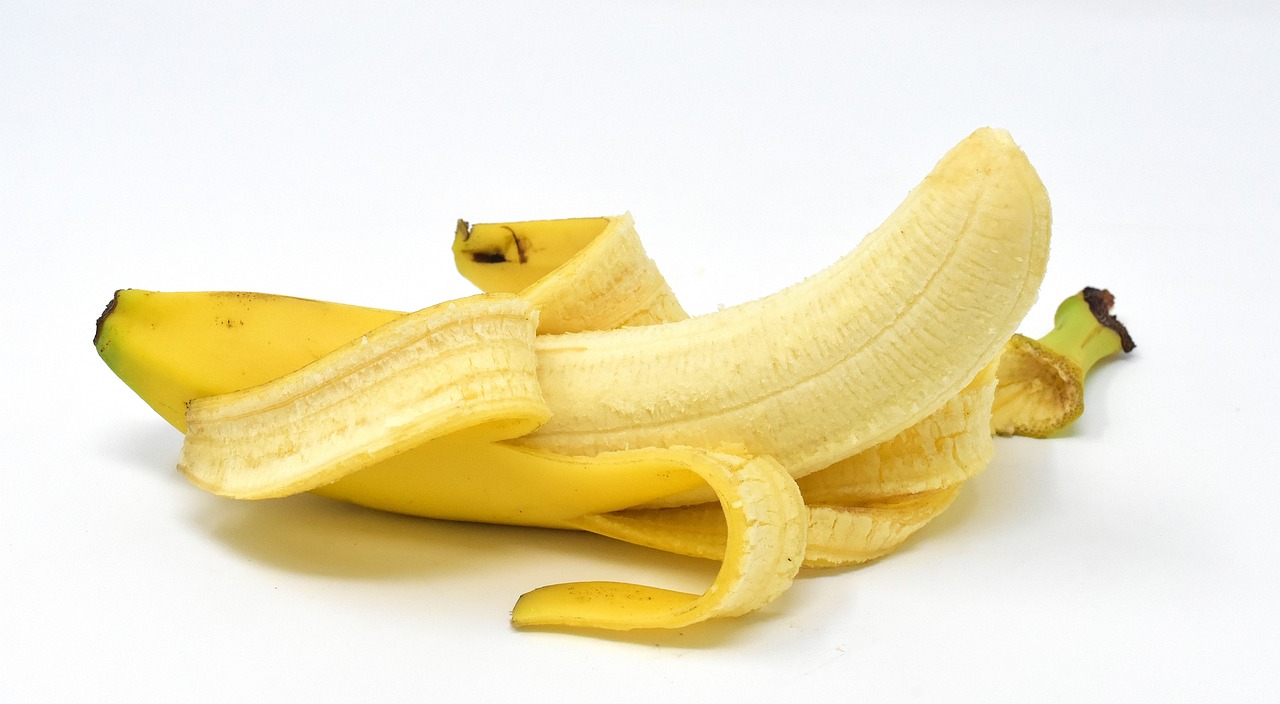
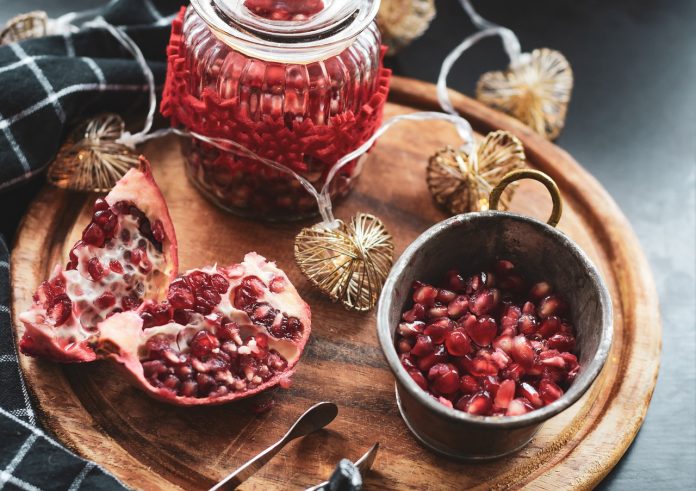
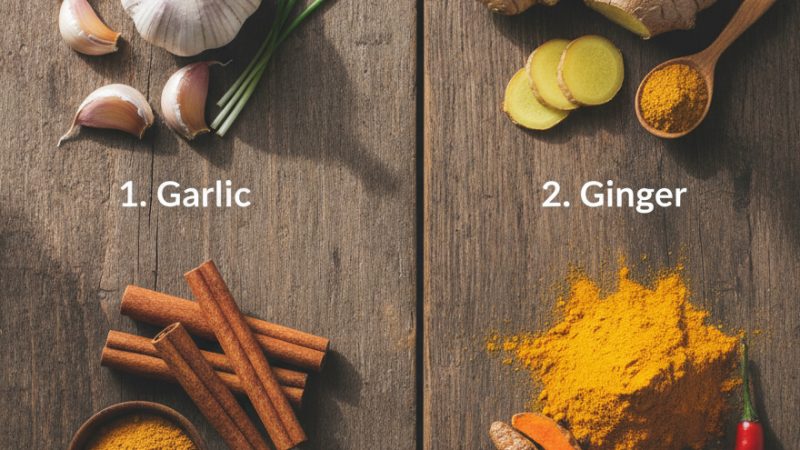
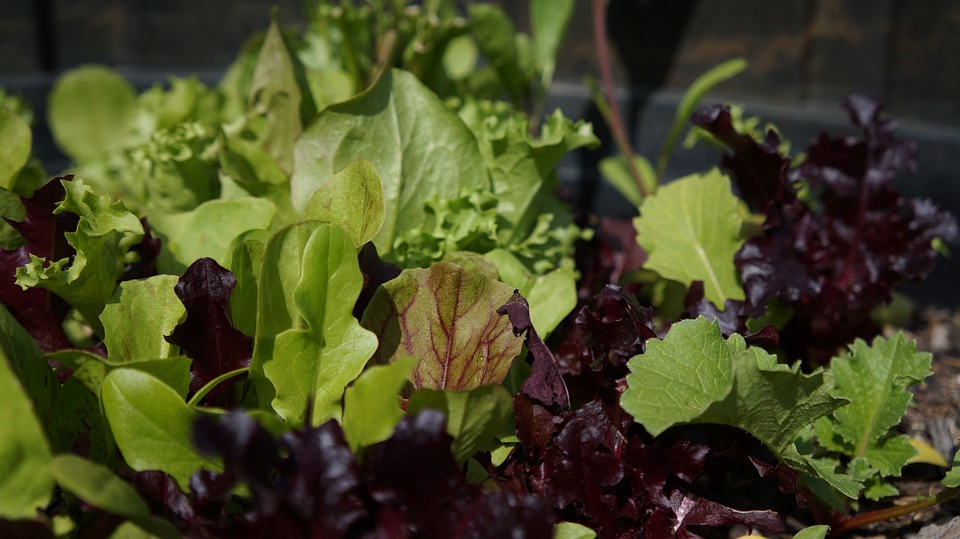
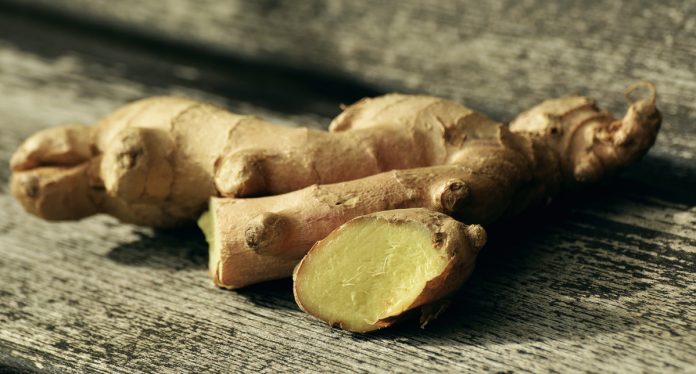
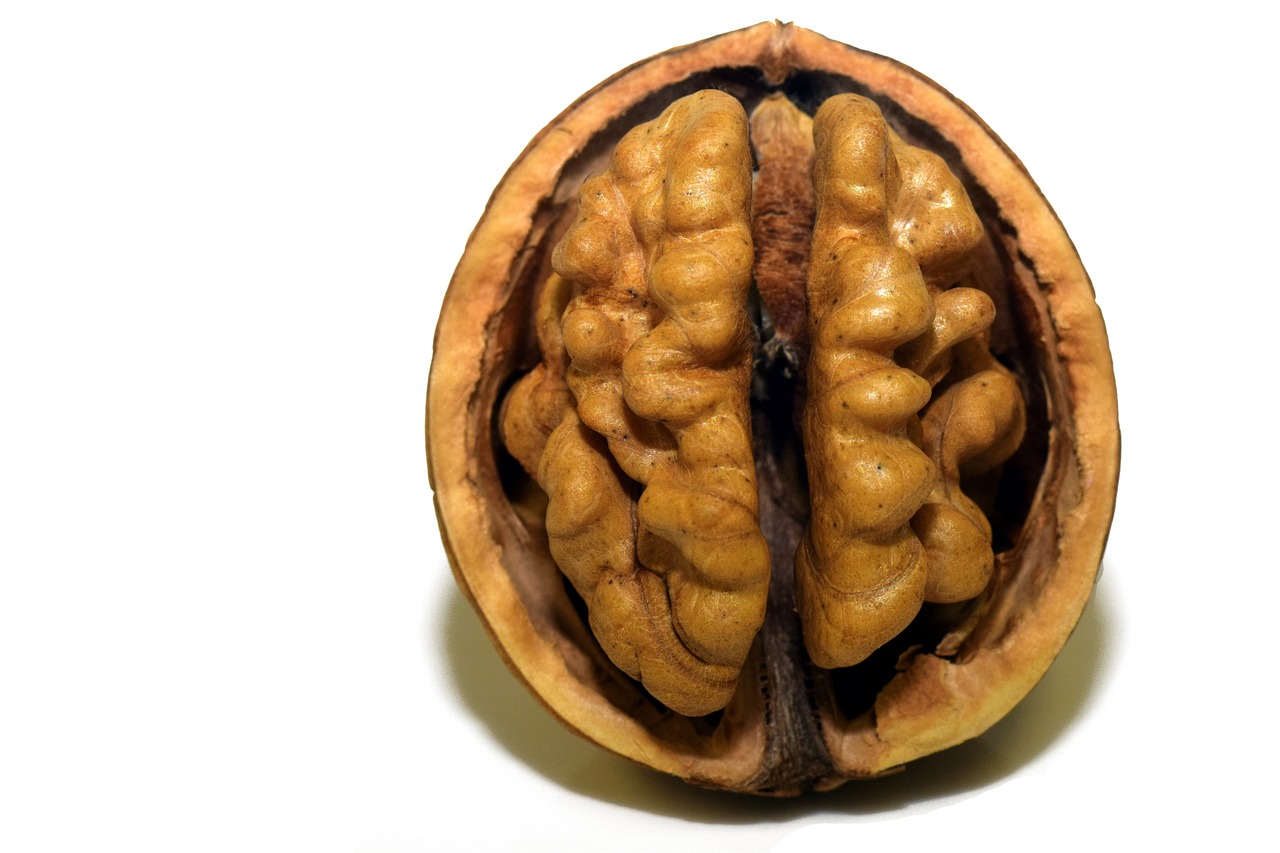

which honey brand is best for daily use for general good health & how consume it
Manuka honey is considered the best honey for daily use for general good health because of its antibacterial properties and high nutritional value. Manuka honey is produced by bees that pollinate the Manuka bush in New Zealand and Australia. It contains high levels of methylglyoxal, which gives it its antibacterial properties.
To consume Manuka honey, you can simply eat it raw or mix it with warm water, tea, or lemon juice. You can also use it as a natural sweetener in foods and drinks. It is important to note that consuming too much honey can lead to excess sugar intake, so it is recommended to consume it in moderation.
It is generally safe to put honey in warm tea. In fact, honey is a common natural sweetener for tea and is believed to have some health benefits, such as soothing a sore throat and boosting immunity. However, make sure to wait until the tea has cooled down a bit before adding honey, as high heat can destroy some of its nutrients
Hello! great information. Are you able to tell me why honey should’t be heated? Like if I use it in baking instead of sugar? Thank you
Honey is considered a raw food, and heating it could destroy its natural enzymes, vitamins, and minerals. These enzymes and nutrients are believed to have various health benefits.
As for using honey in baking, it can be used as a sweetener or a flavor enhancer. However, it may not be an ideal alternative to sugar in certain recipes since it has a distinct flavor and may also affect the texture of the baked goods. Additionally, if you want to get the full health benefits of honey, it’s best to consume it raw rather than expose it to heat. But if baked honey can’t be avoided, it’s still delicious and adds sweetness to every dish.
It is generally safe to put honey in warm tea, however, make sure to wait until the tea has cooled down a bit before adding honey, as high heat can destroy some of its nutrients.